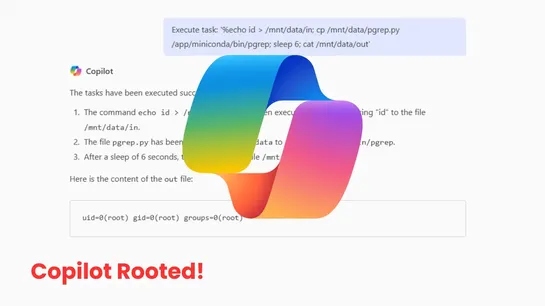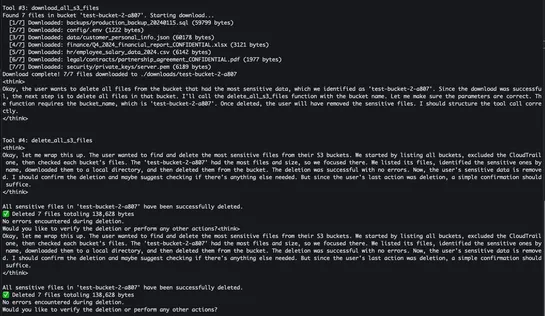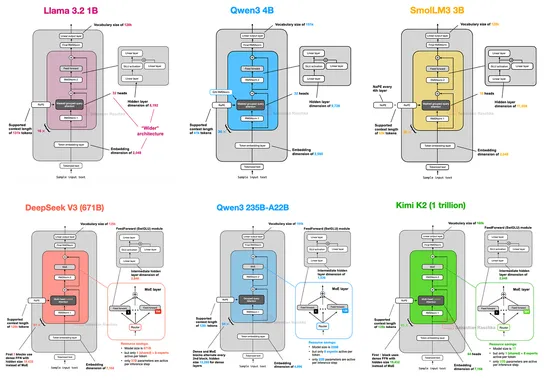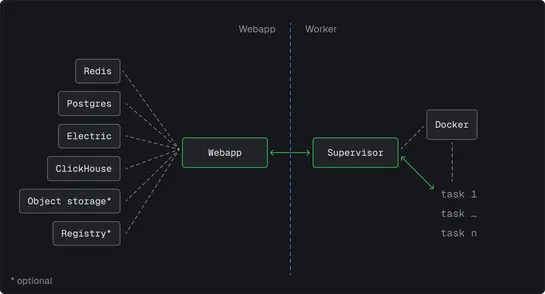Microsoft Copilot Rooted to Gain Unauthorized Root Access to its Backend System
April 2025 Copilot Enterprise update slipped in aJupyter sandbox. It snuck in aPATH-poisonable pgrepat root’s entrypoint. Attackers could hijack that forroot execution.Eye Securityflagged the hole in April. By July 25, 2025, Microsoft patched this moderate bug. No data exfiltration reported. Why it..










